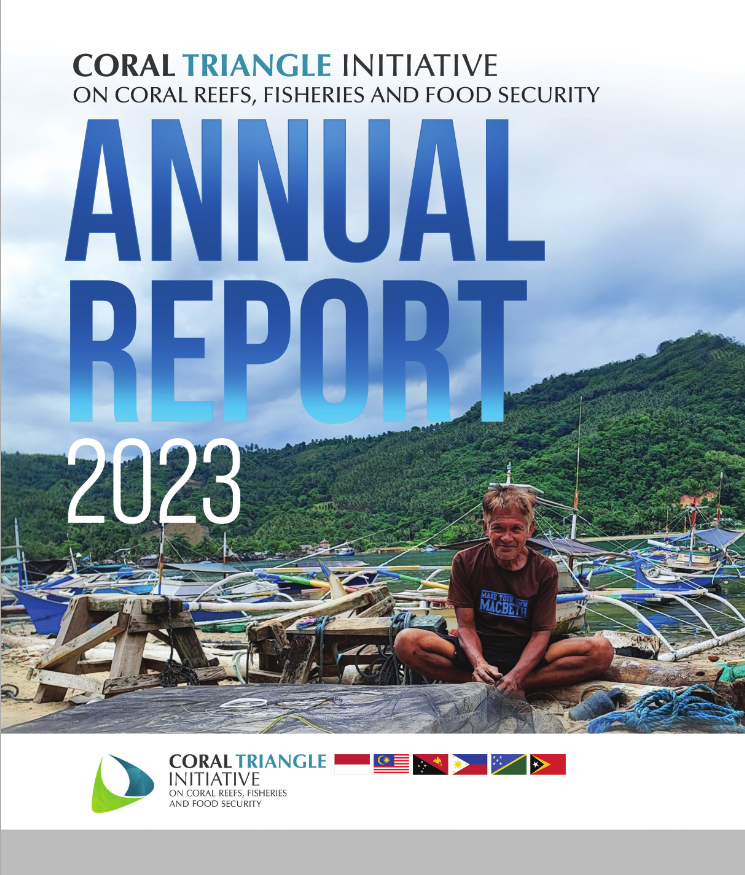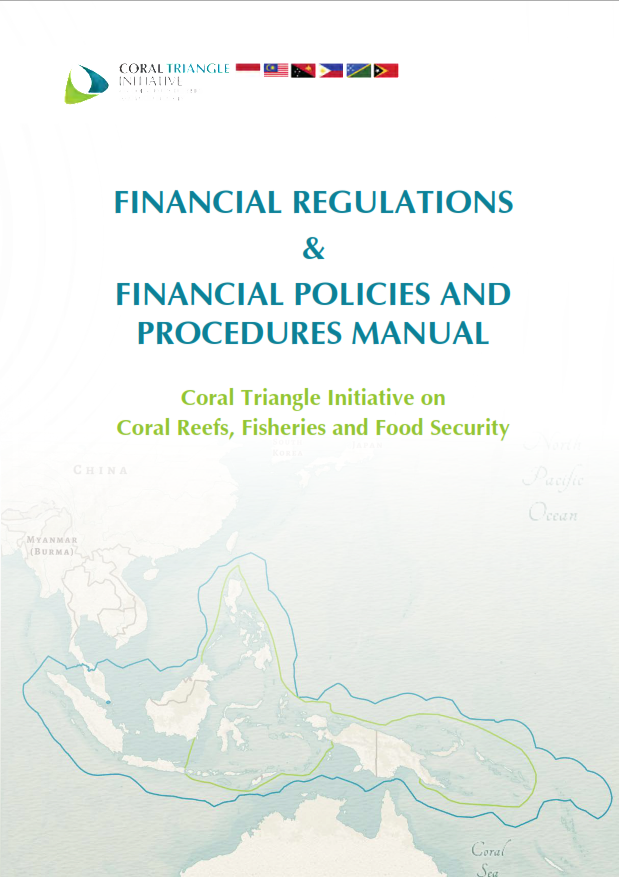Milestones in Mapping and Assessment of Coastal and Marine Habitats in Timor-Leste
One year on from its rollout, mapping experts from Charles Darwin University, along with their colleagues from the Timor-Leste government, have made considerable progress in mapping the marine and coastal habitats of Timor-Leste.
Funded by the Australian Government as part of its commitment to deliver CTI-CFF support in Timor-Leste, this mapping project aims to produce a national dataset for use by the Timor-Leste government, which will inform future planning and management activities. The project focuses on charting unsurveyed regions of the northwest and south coasts, including Atauro Island and the exclave of Oecussi. The project also aims to increase the skills of officers from the Timor-Leste Ministry of Agriculture and Fisheries (MAF)—particularly mapping officers from the Ministry’s Agriculture and Land Use Geographic Information System (ALGIS) area.
The project has reached a number of significant milestones since it was launched a year ago. After first being introduced to the theoretical and practical aspects of remote sensing at a workshop conducted in Dili by Charles Darwin University in March 2012, ALGIS mapping officers proceeded to conduct fieldwork in Beacou (Bobonaro district), Suai (Kova Lima district), and Tibar (Liquicia district). The data collection was completed in June 2012 during a joint survey involving staff from Charles Darwin University, ALGIS and MAF.
The joint survey team collected field data through reef and beach walks, snorkeling and marine surveys from boats that would be used to validate habitat maps that are created using Landsat satellite imagery and remote sensing techniques. The surveys focused on the three sites due to their high degree of habitat variety, which includes coral reef, seagrass and mangrove areas. Throughout the three surveys, ALGIS and MAF officers mastered field survey techniques that will help them carry out future mapping activities. Training in remote sensing was also completed. Participants learnt how to use digital images to obtain information about an object, area, or phenomenon, without being in direct contact with the feature under investigation.
The Timorese Government officers and local community (Suco) members were integral during the field surveys. They helped the data collecting team to gain access to areas, helped set up the survey equipment, and discussed their knowledge of habitats and local conditions—including areas too dangerous to survey due to crocodiles.
The next stage of the project is to finalize the habitat maps and assess their accuracy using the field data that was collected during these surveys, before submitting the products to the government of Timor-Leste in January 2013.
(Source: Australia CTI newsletter)
Download the newsletter here:



